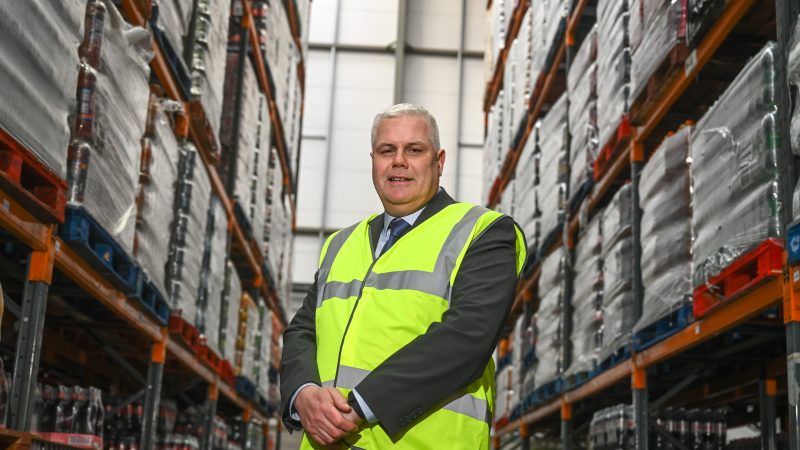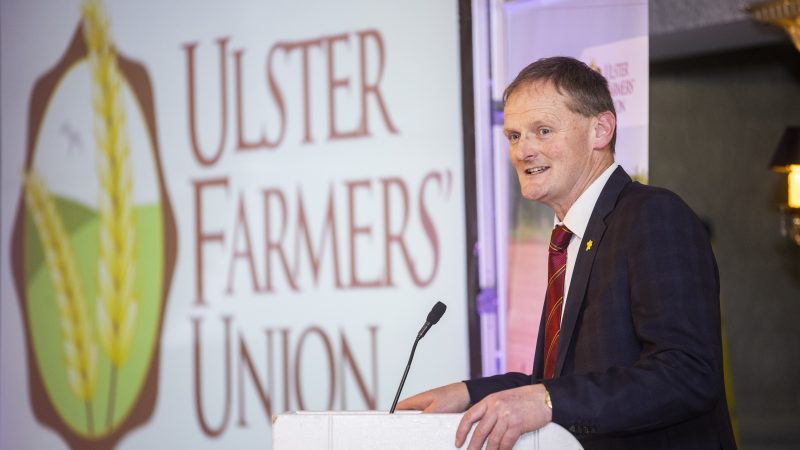Trade comment with Douglas Faughnan

Consumer insight director at Kantar Worldpanel, Douglas Faughnan, shares his expectations for the NI grocery over the coming year
2018 saw the grocery sector in Northern Ireland face new challenges as political uncertainty and changing consumer needs took retailers and manufacturers into unchartered waters. Yet, in the context of an historically tough year for retail and the high street, grocers fared comparatively well –and overall grocery sales ended the year 1.2 percent higher than in 2017.
In fact, all the major retailers registered sales growth in 2018, with Tesco strengthening its position as the leading grocer north of the border. Meanwhile, Sainsbury’s and Asda also had strong years, both increasing their share of sales.
However, the major retailer story of 2018 was Lidl, which upset the market by establishing itself as a major player and continuing its run as Northern Ireland’s fastest growing grocer. Sales at Lidl were up by nine percent over the past year, helping it increase its overall share of the market to 5.9 percent. While this still leaves it some way behind the more traditional names in the sector, the strength of the retailer’s sales growth puts it on a solid trajectory for 2019.
As well as the more conventional names, Lidl’s success has had a significant impact on smaller operators.
Outside of the four major grocers, other symbol retailers, which include many convenience stores, saw value sales decrease by 2.6 percent in 2018.
What’s behind this continued growth? Well, the days of shoppers tentatively stepping into a discount retailer are long gone, and consumers are buying more and more of their food and drink at Lidl.
The retailer has increasingly diversified what is on its shelves in recent years, offering a variety of products at accessible prices, and its premium ranges continue to perform strongly. The average basket is now worth £2 more than this time last year, which is the primary reason for Lidl’s growth in 2018.
There’s no escaping the fact that 2019 will be defined by Brexit, and it’s no different for grocery. Northern Ireland and specifically its relationship with the South remains a major sticking point for government and the question of the Irish border is one of the biggest talking points among grocery retailers going into 2019, for good reason.
Over the 12 months to November 2018, shoppers from the Republic of Ireland spent €64.5 million on groceries in Northern Ireland. During the same time, just over one in eight households from the Republic of Ireland made at least one trip north of the border to stock up on food and drink. That equates to more than 207,000 shoppers.
While these excursions account for a relatively small percentage of each family’s supermarket visits – on average, eight out of 270 annual trips – they spend substantially more when they cross the border. This means that while not a major loss to the market in the Republic of Ireland, cross-border spending represents a sizeable coup for Northern Irish retailers. If the UK’s exit deal for the EU imposes any kind of hard border in Ireland, this could have a significant effect on the grocery market in 2019 and beyond.
One person’s challenge is another’s opportunity. Although 2019 is unusually difficult to forecast, the grocery market is entering the year in good shape. While other retail sectors struggle, a solid 2018 – bookended by bumper festive trading periods – means the sector is well placed to weather the challenges thrown at it in the year ahead. Demand in the sector isn’t going to wane and for savvy retailer, both big and small, there’s every opportunity to make 2019 another strong year.







